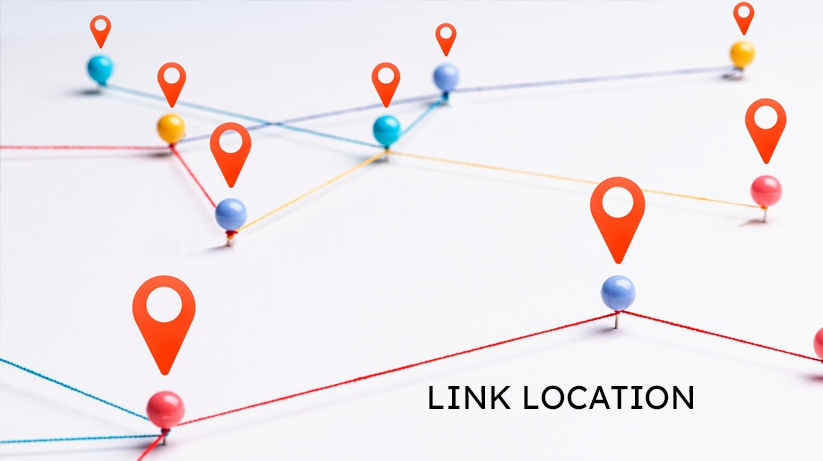Ecommerce Development
Ecommerce development is an essential aspect of modern business, as more and more customers prefer to shop online rather than in-person.
Ecommerce development refers to creating online stores allowing businesses to sell their products or services online. This development involves building a website or application that enables customers to browse and purchase items, make payments, and receive the products or services they've ordered.
Ecommerce websites and applications can provide businesses a cost-effective and efficient way to reach a wider audience, increase sales, and improve customer satisfaction.
The development process for an ecommerce website or application typically involves several steps, including:
- Planning and strategy: This involves defining the goals of the ecommerce platform, understanding the target audience, and identifying the features and functionality required.
- Platform Selection: The first step in ecommerce development is to choose the right platform for your online store. Several popular ecommerce platforms are available such as Shopify, Magento, WooCommerce, and BigCommerce. Each platform has its own set of features, advantages, and limitations. You must choose the platform that best suits your business needs, budget, and technical expertise.
- Design and Customization: Design and customization are crucial in creating a successful ecommerce store. Your online store should have a visually appealing and user-friendly design that attracts customers and encourages them to purchase. You can select from a ecommerce templates or hire a professional designer to create a custom design that reflects your brand image.
- Payment Gateway Integration: Integrating a secure and reliable payment gateway is one of the most important aspects of ecommerce development. Your online store should accept various payment options such as credit cards, debit cards, net banking, and digital wallets. It is also very important to ensure that the payment gateway complies with the latest security standards to protect customer information.
- Product Catalog and Inventory Management: Your online store should have a comprehensive product catalog that includes product descriptions, images, and pricing information. You should also have a robust inventory management system that tracks stock levels and manages product listings. This helps you to ensure that your customers can easily find the products they are looking for and place orders without any issues.
- Shipping and Logistics: Shipping and logistics are crucial aspects of ecommerce development that can affect customer satisfaction and retention. You should have a reliable shipping partner to deliver products to your customers within the promised timeframe. You should also have a clear and transparent shipping policy that includes information on shipping rates, delivery timelines, and return policies.
- Testing: The ecommerce platform is tested thoroughly to ensure it functions as intended and is user-friendly.
- Launch: Once the ecommerce platform has been tested and approved, it can be launched publicly.
- Maintenance: Ongoing maintenance is necessary to ensure the ecommerce platform continues functioning correctly and efficiently.
Various ecommerce development platforms are available, including open-source options such as Magento, WooCommerce, and OpenCart and proprietary solutions such as Shopify, BigCommerce, and Volusion. Each medium has its own strengths and weaknesses, and the choice of medium depends on factors such as the size of the business, the type of products or services being sold, and the specific requirements of the ecommerce platform.
In addition to developing the ecommerce platform, other aspects of ecommerce development include marketing and search engine optimization (SEO), customer service and support, logistics, and shipping.
Overall, ecommerce development is a crucial aspect of modern business. A well-designed and implemented ecommerce platform can help companies to reach a wider audience, increase sales, and improve customer satisfaction.
Insights & News

The Future of Content Creation: Understanding Autogenerated Content
Introduction:Â As technology changes faster than ever, innovations are reshaping various industries, including content creation. One...

Surviving the Penguin Penalty: Strategies for Effective SEO
Introduction:In search engine optimisation (SEO), staying on top of algorithm updates is crucial. One such update, the Penguin...

Mastering the Art of Link Location in Content: Enhance User Experience and SEO
Introduction:In digital marketing and SEO, every website owner or content creator aims to drive traffic, increase engagement, and...